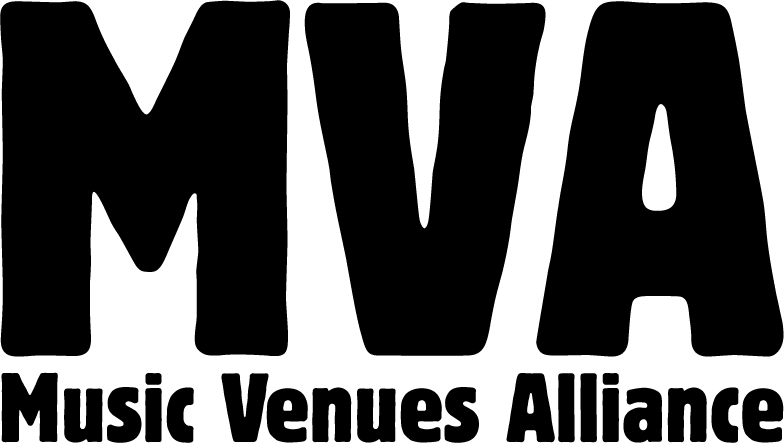Oriel Q Exhibition: Mark Haddon & Polly Verity
Mark Haddon - The work of Mark Haddon explores the potency of imagined spaces when relocated in the real world. Cithaeron, the imagined location which is the focus of this exhibition, is a representation of such a place being both an actual mountain and simultaneously the wooded mountain side on which many of the Theban myths are enacted. The process of making for Mark Haddon can also be seen as a journey. This durational process in fact forms the essential structural approach to the artwork. It is a means by which incidental elements can be brought into and inform the work as it evolves.
Mark Haddon is an artist and designer who lives and works in Edinburgh. His art practice has its roots in installation but it isn’t limited to any particular approach. At its most basic, making art is a mechanism by which he can rail against the mental and physical boundaries that seem increasingly to encroach. Research is an important aspect to his practice, but it runs in a parallel vein to artwork: it informs the practice but doesn’t inhibit what he makes. Rather there is an open-ended approach to both making and research: they connect and then go in separate directions and then connect again.
Polly Verity - Purely by folding, Polly creates three-dimensional geometric repeat patterns in paper. Light hits the surface of these low-relief white paper sculptures and strikingly throws up their form. Most of the designs are based on straight-line folds although many now incorporate or are completely made from folded curves and the outcomes are surprising. Each sculpture has a unique feel and the works vary, inspired by architectural form, op-art or nature.
During the design process, a simple paper fold structure is eased into shape by hand into a small piece of paper. This paper is opened out and the crease-lines carefully, mathematically transcribed into a computer line drawing. Once this drawing is refined and tested and with the repeat tessellation computed, the line data is sent to a cutting machine that very slightly grazes the paper along the lines in order to score it. The paper is then folded by hand along these scores. As in the ancient tradition of origami, the sculptures are each created by folding a single sheet of paper and there are no cuts."
Please Note: This Exhibition will run from the 20th of January until the 3rd of March. The Oriel Q Gallery is open Wednesday to Saturday, 10am-5pm.
Entry: Free, donations welcome.







